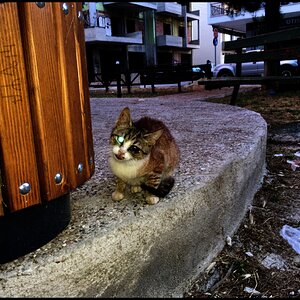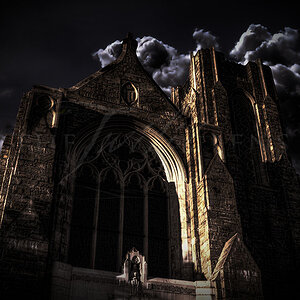Rocketman1978
No longer a newbie, moving up!
- Joined
- Nov 19, 2012
- Messages
- 256
- Reaction score
- 39
- Location
- Michigan
- Can others edit my Photos
- Photos OK to edit
...what my instructor said in a recent DSLR. He said even shooting in P, AV or TV, that you could flip to manual, meter the light and then flip back to setup your shot. I forget why he said this would be a benefit and exactly what data we were seeking in doing this, so perhaps you can fill me in, also include technique if you wouldn't mind.


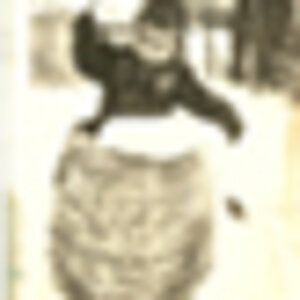
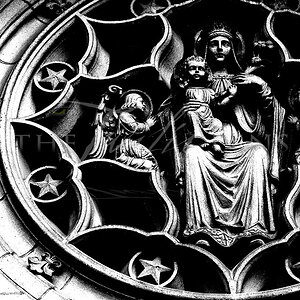
![[No title]](/data/xfmg/thumbnail/38/38294-cb4a5aa0ded725d4c694e6eebe276f0d.jpg?1619738564)
![[No title]](/data/xfmg/thumbnail/40/40298-08fb67b2f2c98625b8ff8dcb00ed42a8.jpg?1619739411)
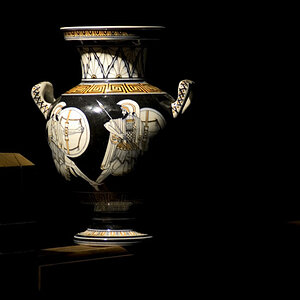
![[No title]](/data/xfmg/thumbnail/32/32698-38e2346942223e17b43fb958f66064c1.jpg?1619735601)
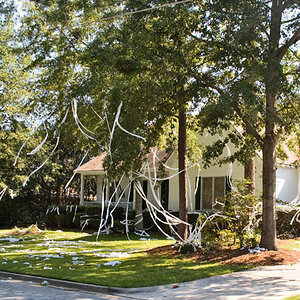
![[No title]](/data/xfmg/thumbnail/42/42062-136a63ad7d0bd740e99ca1fc477f214c.jpg?1619739997)
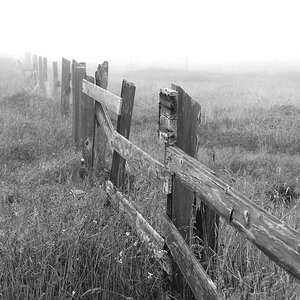
![[No title]](/data/xfmg/thumbnail/32/32697-bccb29f21520b31443b92c054e608ca0.jpg?1619735600)
